Senator Hiram Revels
Born free in North Carolina, Hiram Revels committed his life to education, church, and community. During the Civil War, Revels organized two Black regiments in Maryland, and founded a freedmen's school in St. Louis. An ordained minister, Revels followed the Union Army to Jackson, where he lectured and organized Black churches and schools. Moving to Vicksburg in 1864, he served as chaplain of a Black regiment and minister of the Bethel A.M.E. Church. He also assisted the provost marshal of the Freedmen’s Bureau. In 1866, Revels became pastor at Zion A.M.E. Church in Natchez. There, he was appointed alderman before winning a seat in the state senate in 1869. A year later, his colleagues in the Mississippi legislature elected him as the first African American US senator in the nation’s history.

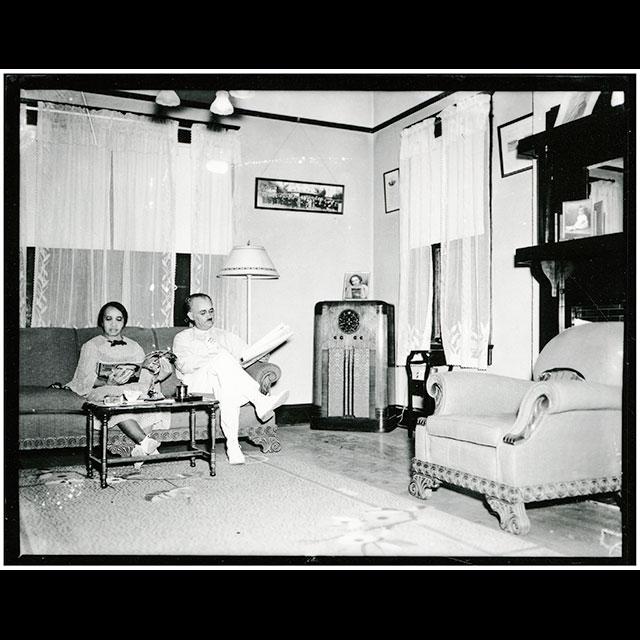
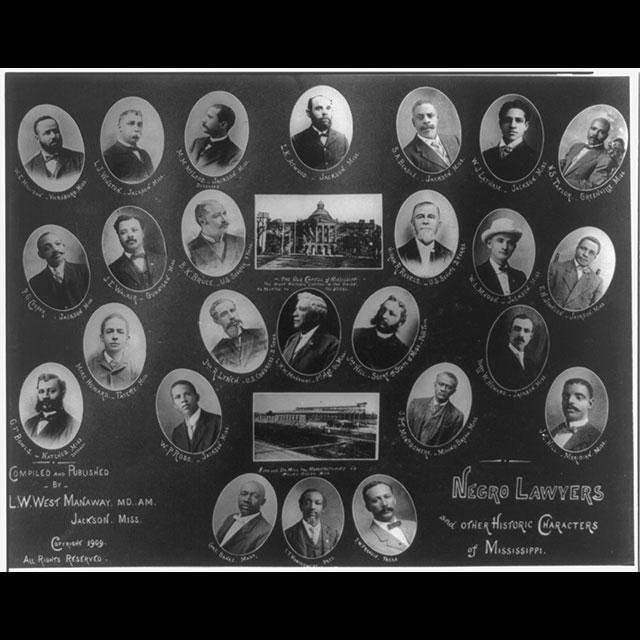
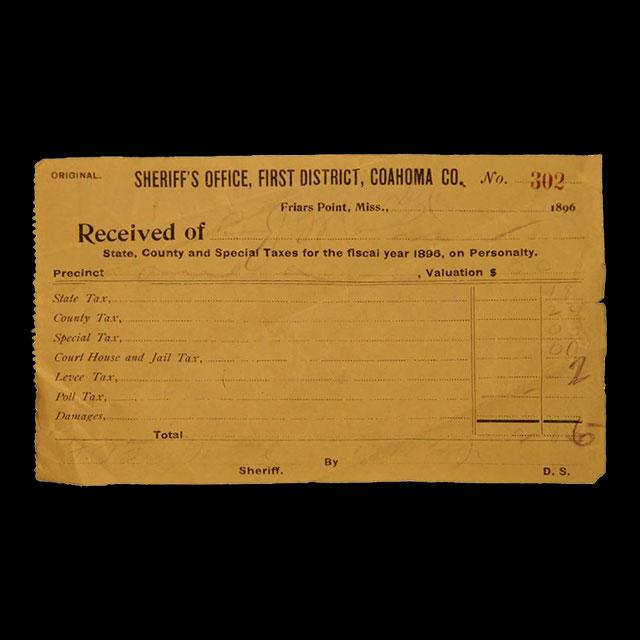
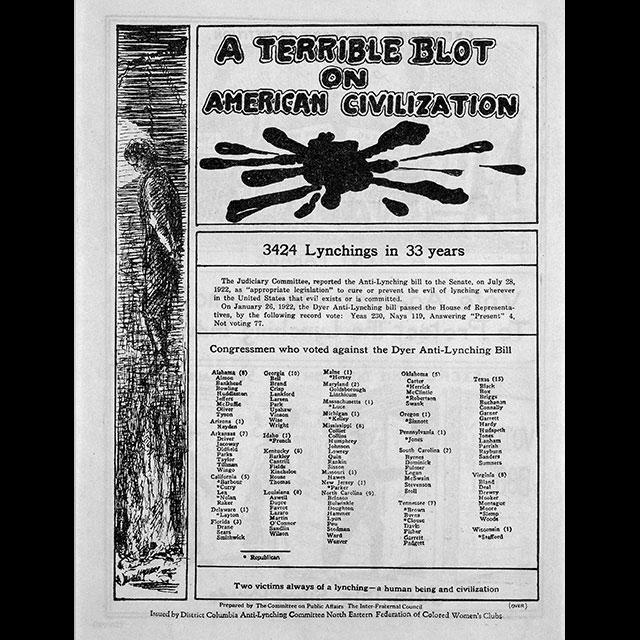
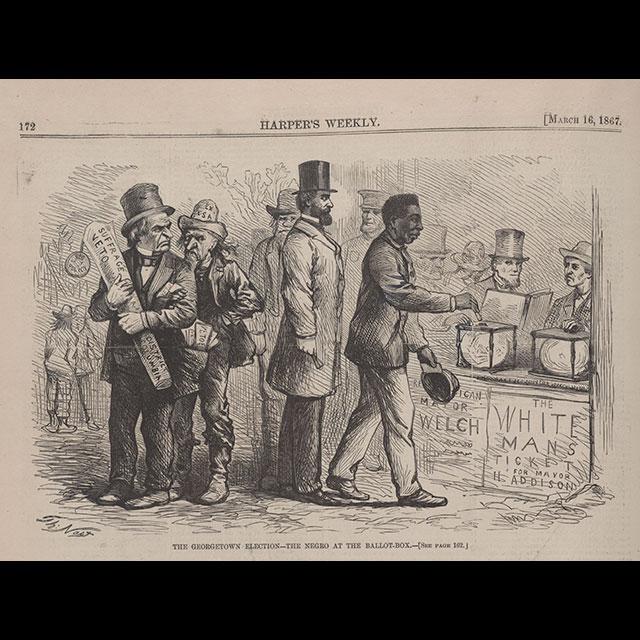
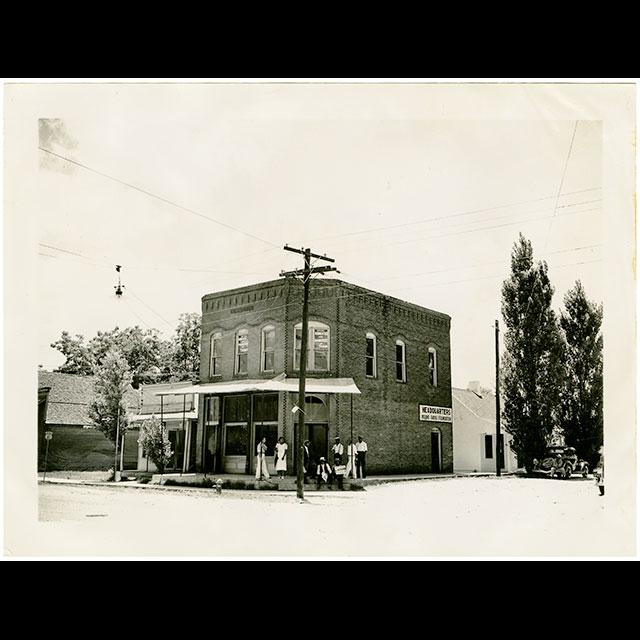
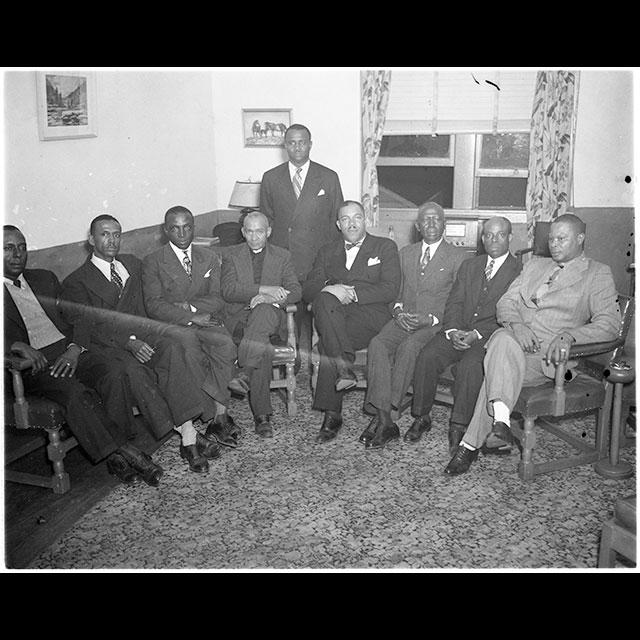
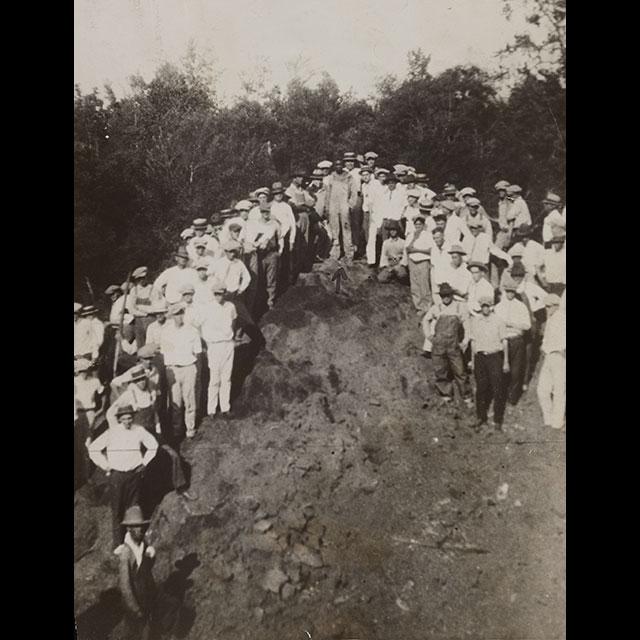
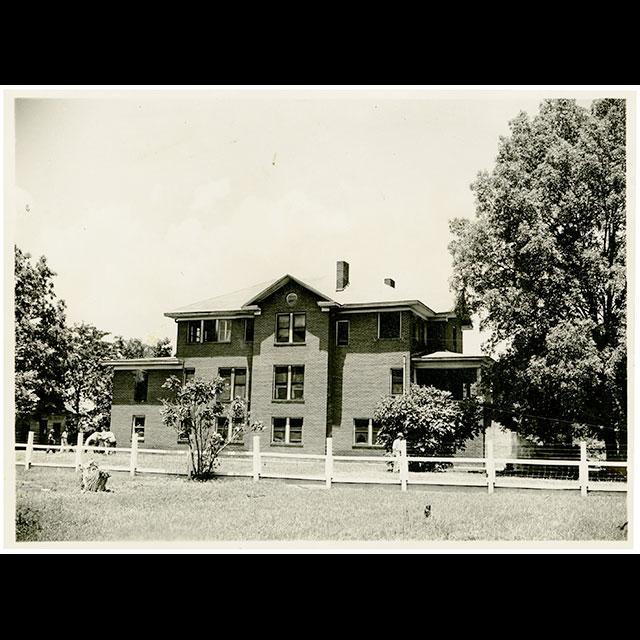
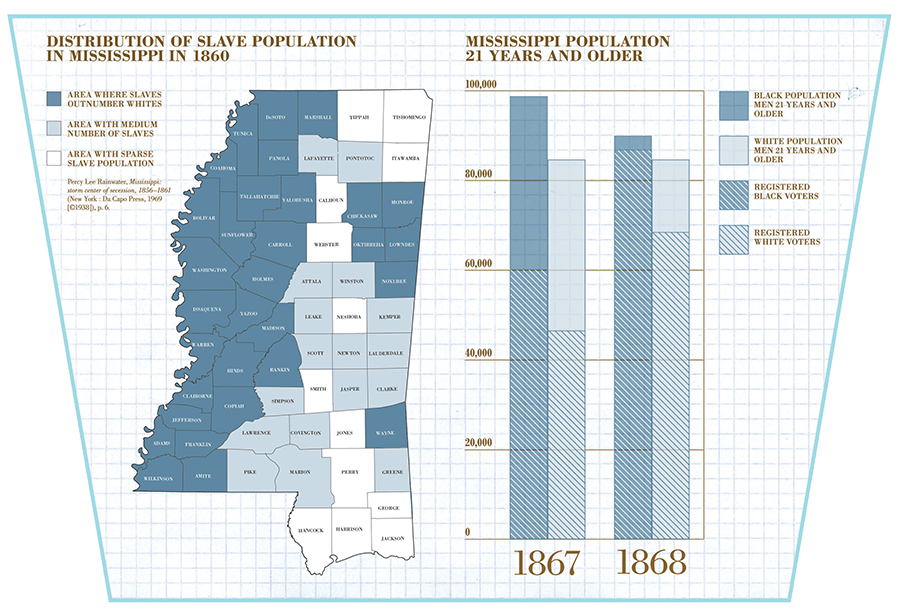
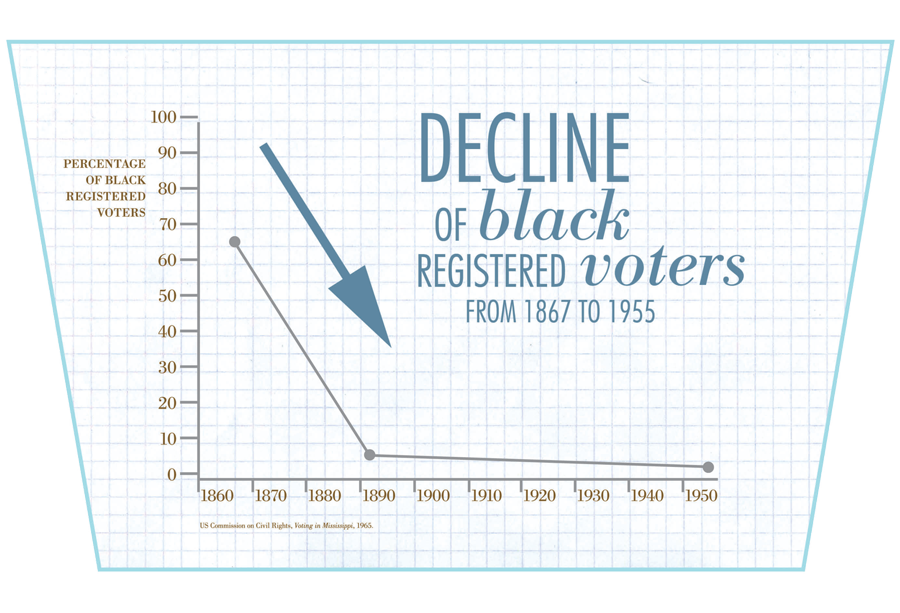
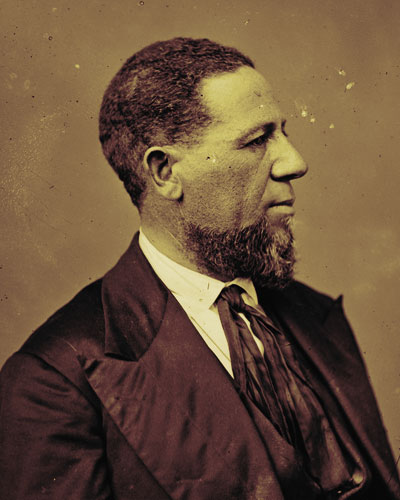
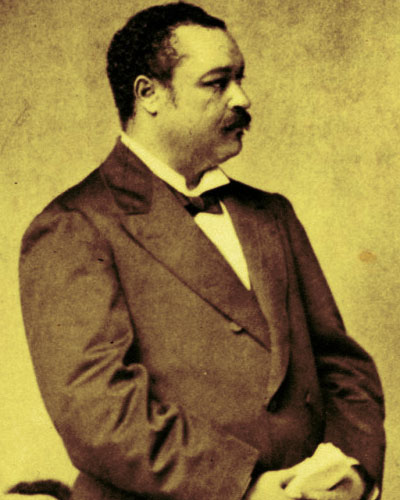
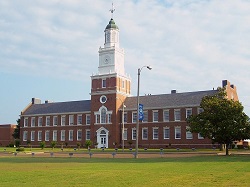 Founded in 1866 to provide basic education for newly-freed adults and children.
Founded in 1866 to provide basic education for newly-freed adults and children.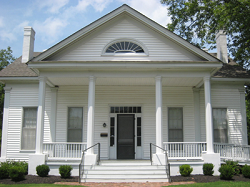 Features a collection of artifacts belonging to journalist, suffragist, and civil rights activist Ida B. Wells
Features a collection of artifacts belonging to journalist, suffragist, and civil rights activist Ida B. Wells